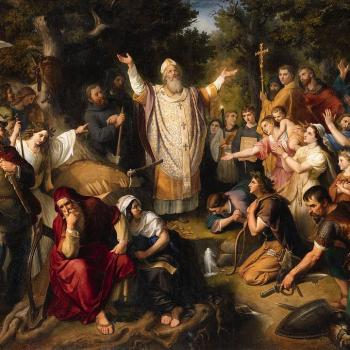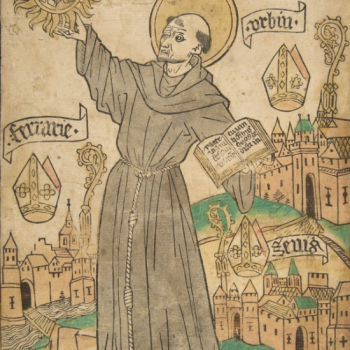My rating: 5 of 5 stars
I first encountred the Hobit as a little boy. My father read it to me at bed time each night. As I grew older I read it for myself, reading it a half dozen times as a kid and I also gave it another read about 10 years ago but it had been a while since I last read the story. With the new Hobit movie now in theaters I picked up this book for another read through.
This time through I thought I would read with an eye focused on what the book says about good and evil. Now I am the father of a little boy and wanted to keep in mind some themes I might want to highlight when I read this book to my own son in a few years.
There are many ways to teach about good and evil. You can display the effects of evil and scare people away from it. You can reason for the good using philosophy. You can make people feel guilty for their bad deeds to keep them away. You can create laws that restrict evil through stringent rules.
This book teaches about good and evil in the best possible way; it offers an exciting example of what is virtuous.
Bilbo is a masterful example. He is someone who almost everyone can connect with. He is small like a child, but middle aged. He struggles with his own pride, is often frightened, frequently doubts himself and yet, when he is called to stand up and do what is right he is brave and faithful.
Bilbo embodies the man I strive to be and the man I hope my son will become. The great thing about Bilbo is that he is not presented as an unreasonable image of unshakable virtue but is shown as a very human (or should I say hobit) person who chooses the path of virtue through struggles and temptation.
Bilbo teaches virtue by inspiration. I don’t know if this story will help my own son choose good over evil more effectively then if I taught him through fear or intimidation, but I do believe this story is much more wholesome. I am so grateful that this book exists and hope that books like it will continue to be written.













